Home>Renovation & DIY>Home Renovation Guides>How Much Space Between Backsplash Tiles
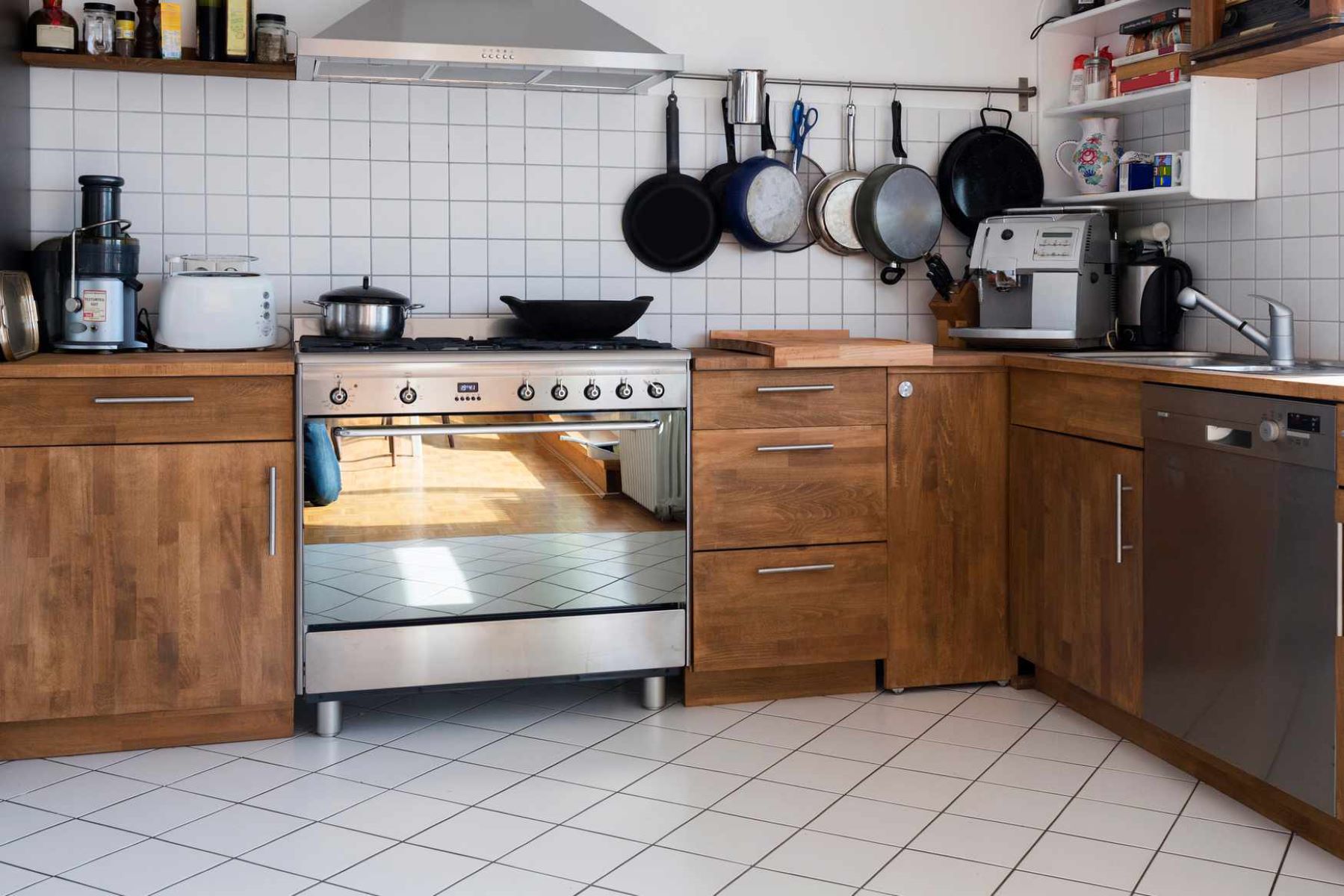

Home Renovation Guides
How Much Space Between Backsplash Tiles
Modified: October 20, 2024
Learn about the ideal spacing between backsplash tiles for your home renovation project. Get expert tips and guidance in our comprehensive home renovation guides.
(Many of the links in this article redirect to a specific reviewed product. Your purchase of these products through affiliate links helps to generate commission for Storables.com, at no extra cost. Learn more)
Introduction
When it comes to renovating your kitchen or bathroom, every detail matters. From the color of the cabinets to the style of the countertops, each element contributes to the overall aesthetic and functionality of the space. One often overlooked aspect of these renovations is the spacing between backsplash tiles. While it may seem like a minor detail, the space between tiles can significantly impact the visual appeal and durability of the backsplash.
The spacing between backsplash tiles serves both a practical and aesthetic purpose. On one hand, it allows for the natural expansion and contraction of the tiles, preventing them from cracking or shifting over time. On the other hand, the spacing plays a crucial role in determining the overall look of the backsplash. Whether you prefer a seamless, modern design or a more traditional, grouted appearance, the spacing between tiles can make a substantial difference in the final outcome.
Understanding the importance of achieving the right spacing between backsplash tiles is essential for any homeowner embarking on a renovation project. Not only does it ensure the longevity and structural integrity of the backsplash, but it also contributes to the overall visual harmony of the space. In the following sections, we will delve into the standard spacing for backsplash tiles, the factors to consider when determining the ideal space, and valuable tips for achieving the perfect balance between functionality and aesthetics. So, let's explore the world of backsplash tile spacing and discover how this seemingly small detail can make a big impact on your home renovation project.
Key Takeaways:
- Choose the right spacing between backsplash tiles to prevent cracks and create a stylish look that suits your kitchen or bathroom. Consider tile size, design style, and grout color for a perfect finish.
- Use tile spacers and mock layouts to achieve the ideal spacing between backsplash tiles. Tailor the spacing for visual impact and seek professional advice for a polished, long-lasting installation.
Read more: How To Cut Backsplash Tiles
Importance of Space Between Backsplash Tiles
The space between backsplash tiles holds significant importance in the realm of home renovations. This seemingly minor detail can have a substantial impact on both the functionality and aesthetics of the backsplash. One of the primary reasons for paying close attention to the spacing between tiles is to accommodate the natural expansion and contraction of the materials. Over time, environmental factors such as temperature and humidity can cause materials to expand and contract. Without adequate space between the tiles, this movement can lead to cracks, warping, or even dislodgement of the tiles. By allowing for proper spacing, homeowners can mitigate the risk of structural damage and ensure the longevity of their backsplash.
In addition to its practical function, the spacing between backsplash tiles also plays a crucial role in determining the overall visual appeal of the installation. The choice of spacing can significantly impact the aesthetic outcome, contributing to the desired style and ambiance of the space. For instance, a smaller grout line can create a sleek and modern look, allowing the tiles to blend seamlessly into a cohesive surface. On the other hand, a wider grout line can impart a more traditional or rustic feel, accentuating the individuality of each tile. By carefully considering the spacing, homeowners can tailor the appearance of their backsplash to align with their design preferences and overall interior theme.
Moreover, the spacing between backsplash tiles directly influences the ease of maintenance and cleanliness. A well-spaced installation with properly sealed grout lines can facilitate cleaning and prevent the accumulation of dirt, grime, and moisture between the tiles. This not only contributes to the overall hygiene of the space but also simplifies the upkeep of the backsplash, ensuring that it remains a visually appealing and functional element of the kitchen or bathroom.
In essence, the importance of the space between backsplash tiles extends beyond mere aesthetics. It encompasses the structural integrity, durability, and maintenance of the installation. By recognizing the significance of this detail and making informed decisions regarding the spacing, homeowners can elevate the overall quality and visual impact of their backsplash, ultimately enhancing the appeal and functionality of their living spaces.
Standard Spacing for Backsplash Tiles
The standard spacing for backsplash tiles is a critical consideration that significantly influences the overall look and functionality of the installation. Traditionally, a 1/8-inch grout line has been the default choice for many homeowners and professionals. This narrow spacing creates a seamless and contemporary appearance, allowing the tiles to blend together and form a cohesive surface. The minimal grout lines contribute to a sleek and modern aesthetic, particularly when paired with larger format tiles. This approach is favored in contemporary and minimalist designs, where the emphasis is on creating a clean and uninterrupted visual impact.
On the other hand, a 1/4-inch grout line is also a popular choice for backsplash installations. This wider spacing provides a more pronounced definition between the tiles, adding a sense of depth and texture to the backsplash. The larger grout lines can complement smaller tiles, creating a classic and timeless look that is reminiscent of traditional craftsmanship. Additionally, the increased spacing allows for more prominent grout lines, which can be utilized as a design element to introduce contrast and visual interest to the backsplash.
It is important to note that the choice of spacing is not limited to these standard measurements. Homeowners have the flexibility to customize the spacing based on their design preferences and the specific characteristics of the tiles. For instance, some may opt for a 3/16-inch grout line to strike a balance between the seamless look of a narrow grout line and the enhanced definition of a wider spacing. This intermediate option can cater to a wide range of tile sizes and styles, offering versatility in achieving the desired visual impact.
Furthermore, the type of material used for the tiles can also influence the standard spacing. Natural stone tiles, such as marble or travertine, may benefit from wider grout lines to accommodate their inherent variations in size and shape. Conversely, porcelain or ceramic tiles with precise dimensions and rectified edges can be paired with narrower grout lines to create a more uniform and contemporary appearance.
In essence, the standard spacing for backsplash tiles encompasses a spectrum of options, each with its unique visual and functional implications. By carefully considering the standard spacing and its alignment with the overall design vision, homeowners can achieve a backsplash that not only enhances the aesthetic appeal of the space but also ensures long-term durability and structural integrity.
The standard spacing between backsplash tiles is 1/8 to 1/4 inch. Use tile spacers to ensure even spacing and a professional finish.
Factors to Consider When Determining Space
When determining the space between backsplash tiles, several factors come into play, each influencing the overall outcome of the installation. Understanding these factors is crucial for homeowners and designers seeking to achieve a backsplash that harmonizes with the space and fulfills both functional and aesthetic requirements.
-
Tile Size and Shape: The dimensions and shape of the tiles play a pivotal role in determining the ideal spacing. Larger tiles often benefit from narrower grout lines, creating a seamless and contemporary look, while smaller tiles may require wider spacing to accommodate the grout and prevent a cluttered appearance. Additionally, non-standard tile shapes, such as hexagonal or arabesque, may necessitate customized spacing to maintain visual balance and symmetry.
-
Design Style: The chosen design style, whether modern, traditional, or eclectic, influences the spacing decision. For contemporary designs, minimal grout lines contribute to a sleek and uninterrupted aesthetic, while traditional styles may call for wider spacing to accentuate the individuality of each tile. Understanding the design language and intent is essential in determining the most suitable spacing for the backsplash.
-
Grout Color and Type: The color and type of grout used can significantly impact the visual perception of the spacing. Dark grout tends to emphasize the lines between tiles, creating a more pronounced grid-like effect, while lighter grout can impart a subtle and cohesive appearance. Additionally, epoxy grout, known for its durability and stain resistance, allows for narrower spacing due to its minimal susceptibility to discoloration and cracking.
-
Overall Layout and Pattern: The layout and pattern of the tiles, whether linear, herringbone, or staggered, influence the spacing decision. Certain patterns may require specific spacing to maintain continuity and alignment, ensuring a cohesive and visually appealing result. Moreover, the overall layout of the backsplash within the space, including corners, edges, and transitions, should be carefully considered to achieve a balanced and harmonious appearance.
-
Environmental Factors: Environmental conditions, such as temperature and humidity variations, can impact the choice of spacing. In areas prone to significant temperature fluctuations, wider grout lines may be preferred to accommodate the potential expansion and contraction of the tiles, reducing the risk of structural issues over time.
By taking these factors into account, homeowners and designers can make informed decisions regarding the spacing between backsplash tiles, ensuring that the final installation not only aligns with the design vision but also withstands the test of time, both functionally and aesthetically.
Tips for Achieving the Right Space Between Backsplash Tiles
-
Mock Layout: Before committing to the final installation, create a mock layout of the backsplash tiles. Lay the tiles without adhesive to visualize the spacing and ensure that the chosen layout aligns with the design vision. This allows for adjustments to be made before the permanent installation, preventing potential issues and ensuring a cohesive and balanced appearance.
-
Use Tile Spacers: Utilize tile spacers to maintain consistent and precise spacing between the tiles. These small, cross-shaped plastic pieces are inserted between the tiles to ensure uniform gaps, facilitating a professional and polished finish. Tile spacers come in various sizes, allowing for customization based on the desired grout line width.
-
Consider Visual Alignment: Pay attention to the visual alignment of the tiles, especially in patterns such as herringbone or staggered layouts. Ensuring that the tiles align seamlessly and that the spacing complements the chosen pattern is essential for achieving a visually pleasing and harmonious result.
-
Opt for Rectified Edges: When working with porcelain or ceramic tiles, consider using rectified edge tiles. These tiles are precisely cut during manufacturing, resulting in straight and uniform edges. The use of rectified tiles enables a tighter spacing with minimal grout lines, creating a contemporary and seamless look.
-
Customize Spacing for Effect: Tailor the spacing between backsplash tiles to achieve specific visual effects. For instance, a narrower grout line can create a sleek and modern appearance, while a wider spacing can introduce a sense of depth and texture. Customizing the spacing allows for the realization of the desired aesthetic impact.
-
Seal Grout Lines: After the tiles are set and the grout has cured, ensure that the grout lines are properly sealed. Grout sealer helps protect the grout from moisture and staining, maintaining the integrity of the spacing and enhancing the longevity of the backsplash installation.
-
Seek Professional Advice: When in doubt, consult with a professional tile installer or designer. Their expertise can provide valuable insights into the optimal spacing for backsplash tiles, taking into account the specific characteristics of the tiles, the design objectives, and the long-term durability of the installation.
By implementing these tips, homeowners can navigate the process of achieving the right space between backsplash tiles with confidence and precision, ultimately realizing a backsplash that seamlessly integrates functionality and aesthetics into their living spaces.
Frequently Asked Questions about How Much Space Between Backsplash Tiles
Was this page helpful?
At Storables.com, we guarantee accurate and reliable information. Our content, validated by Expert Board Contributors, is crafted following stringent Editorial Policies. We're committed to providing you with well-researched, expert-backed insights for all your informational needs.
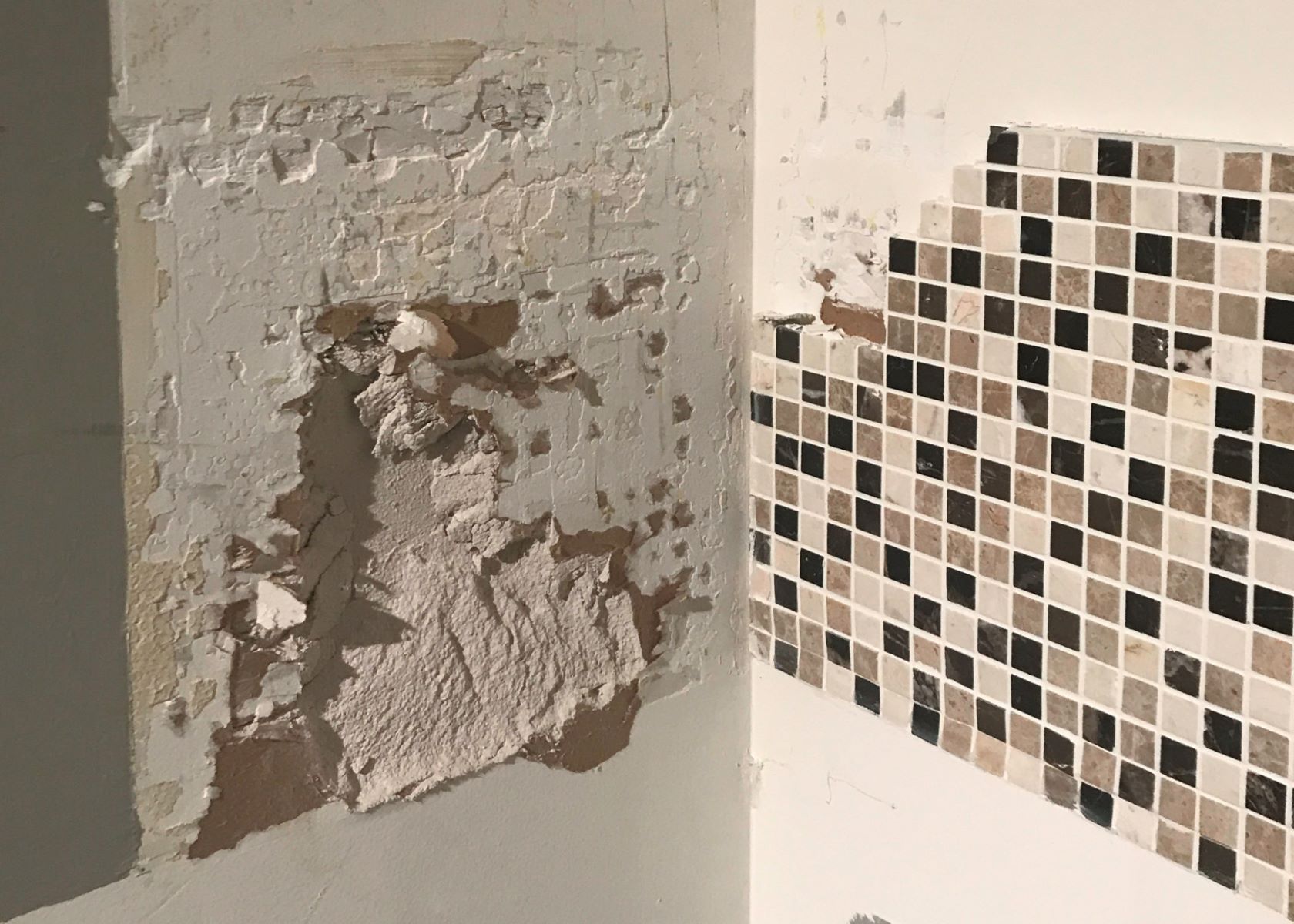
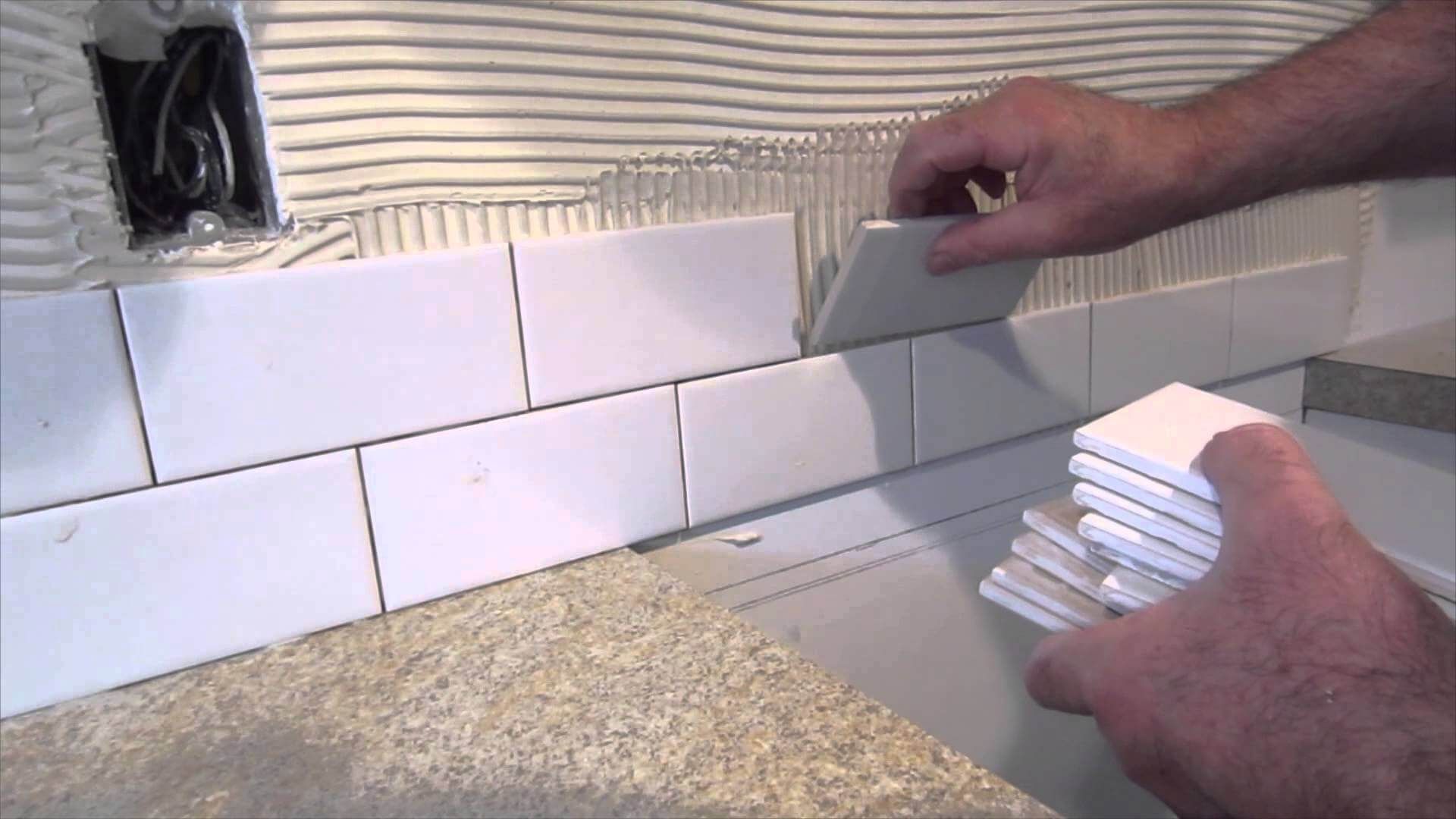
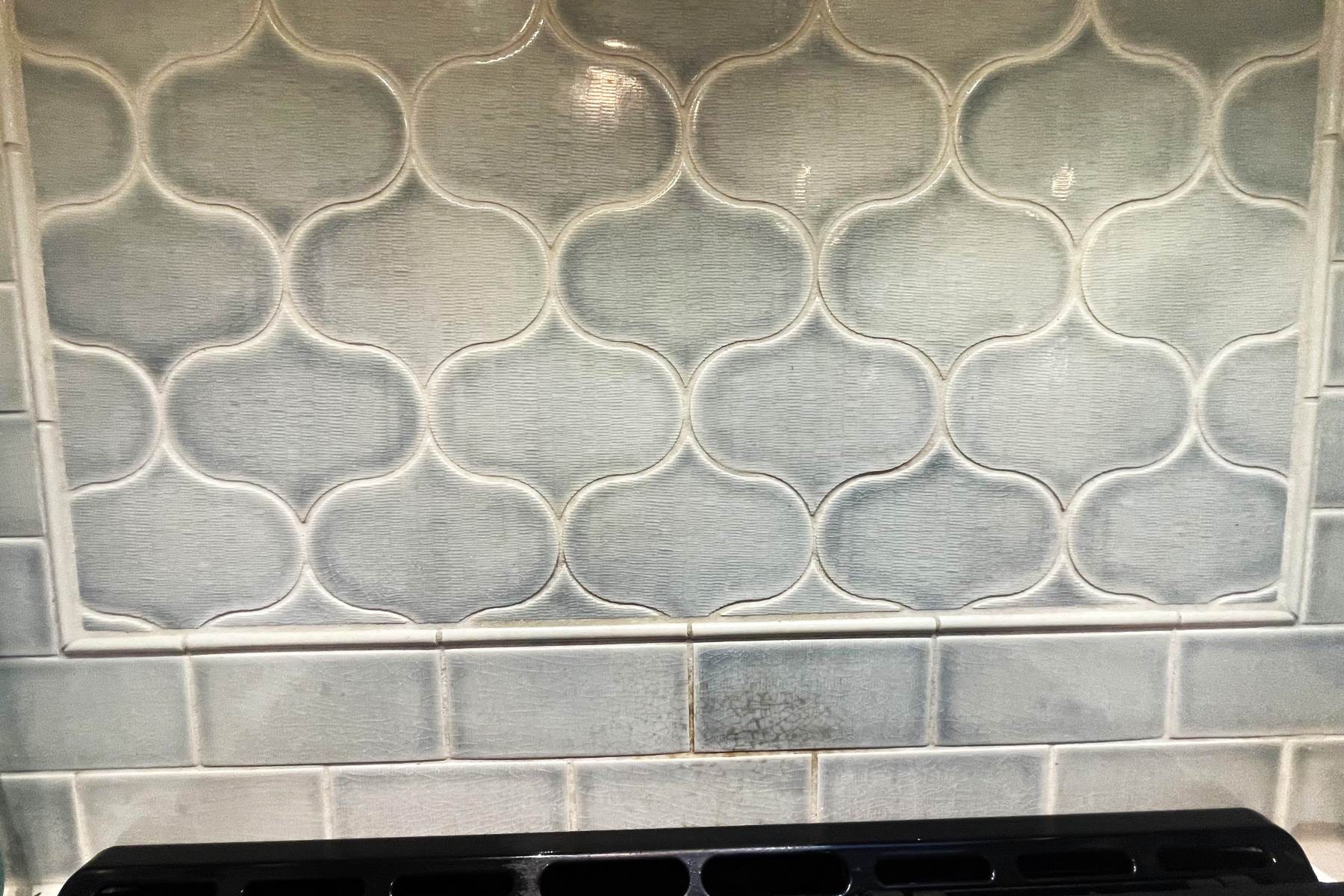
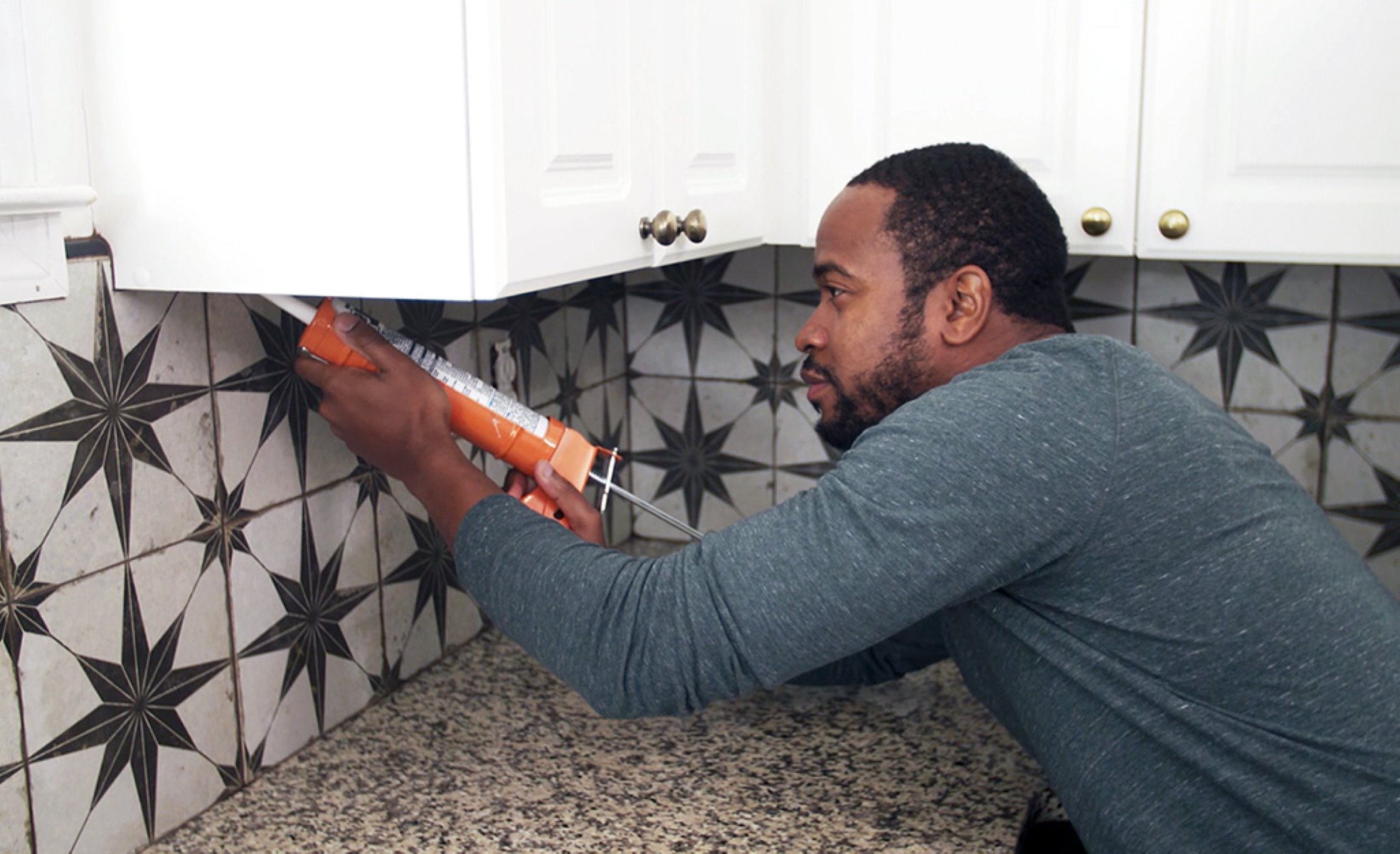
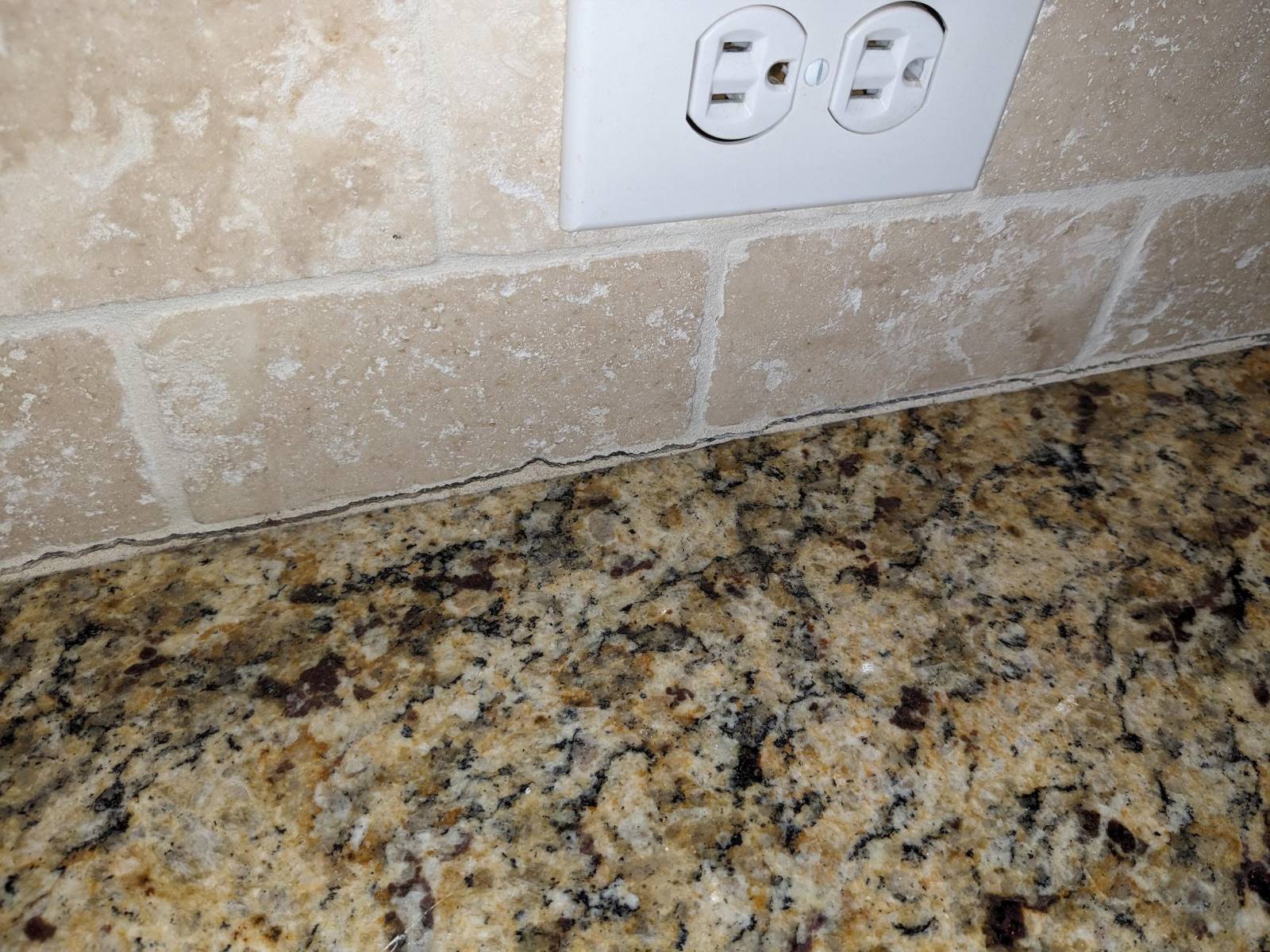
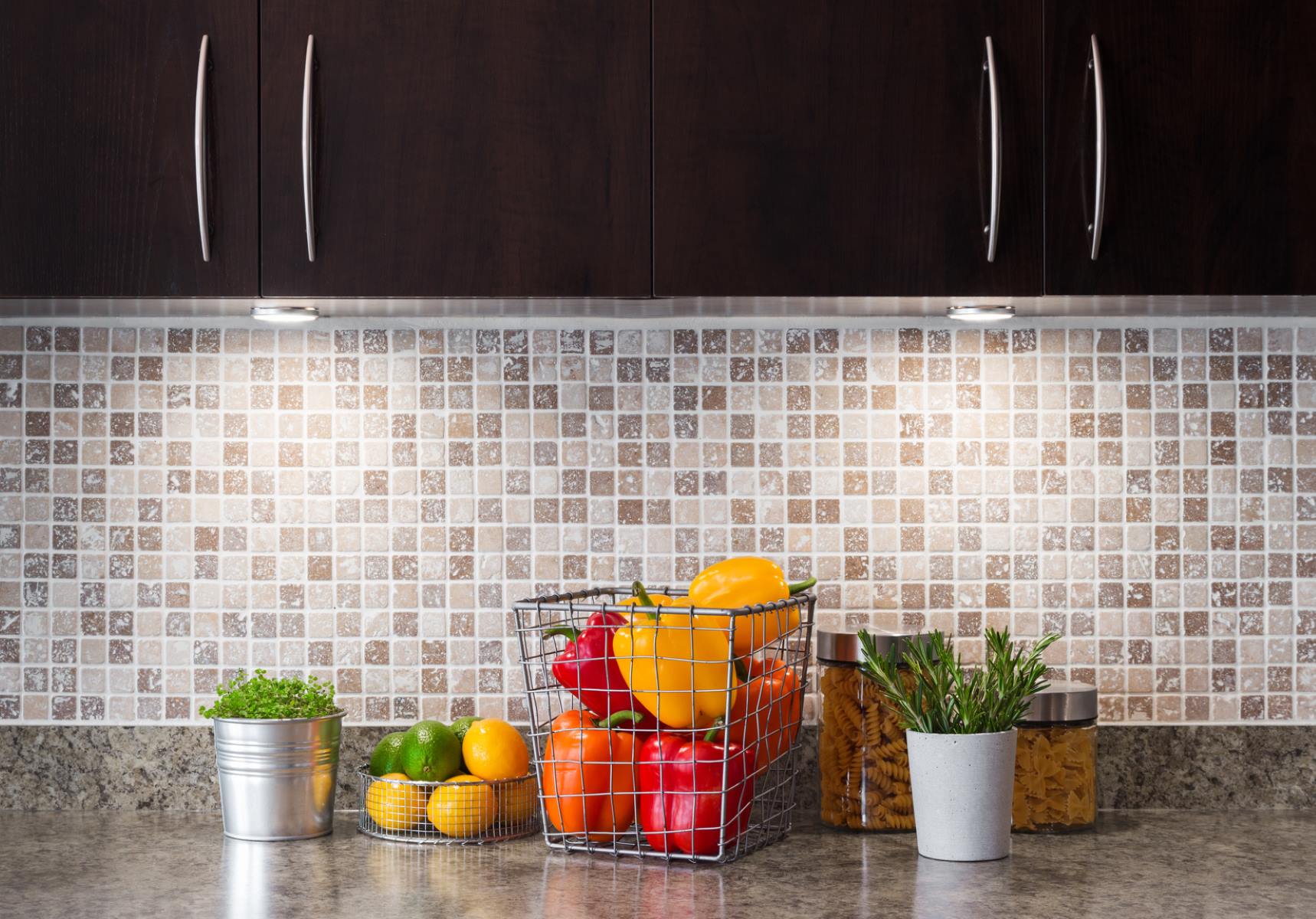
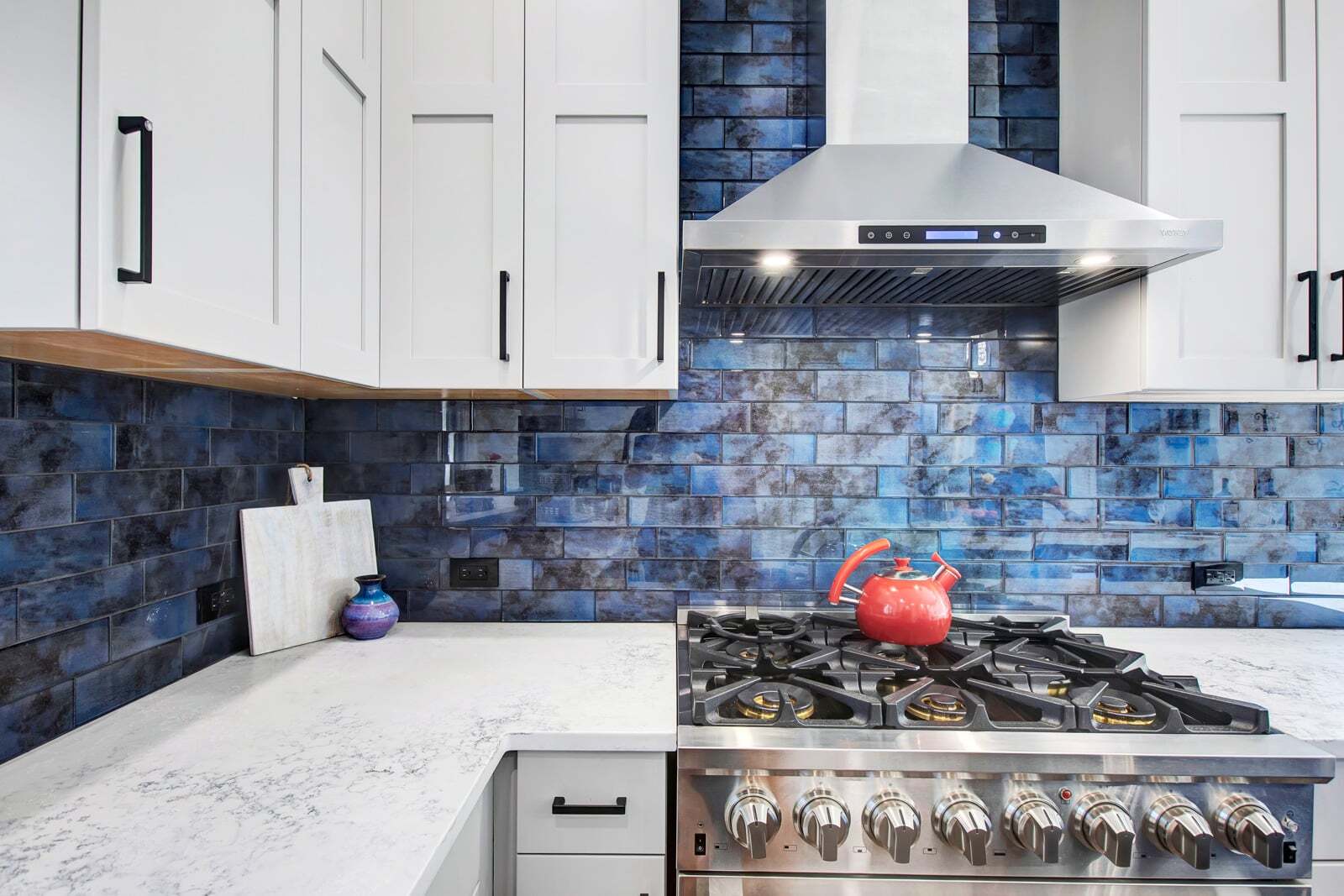
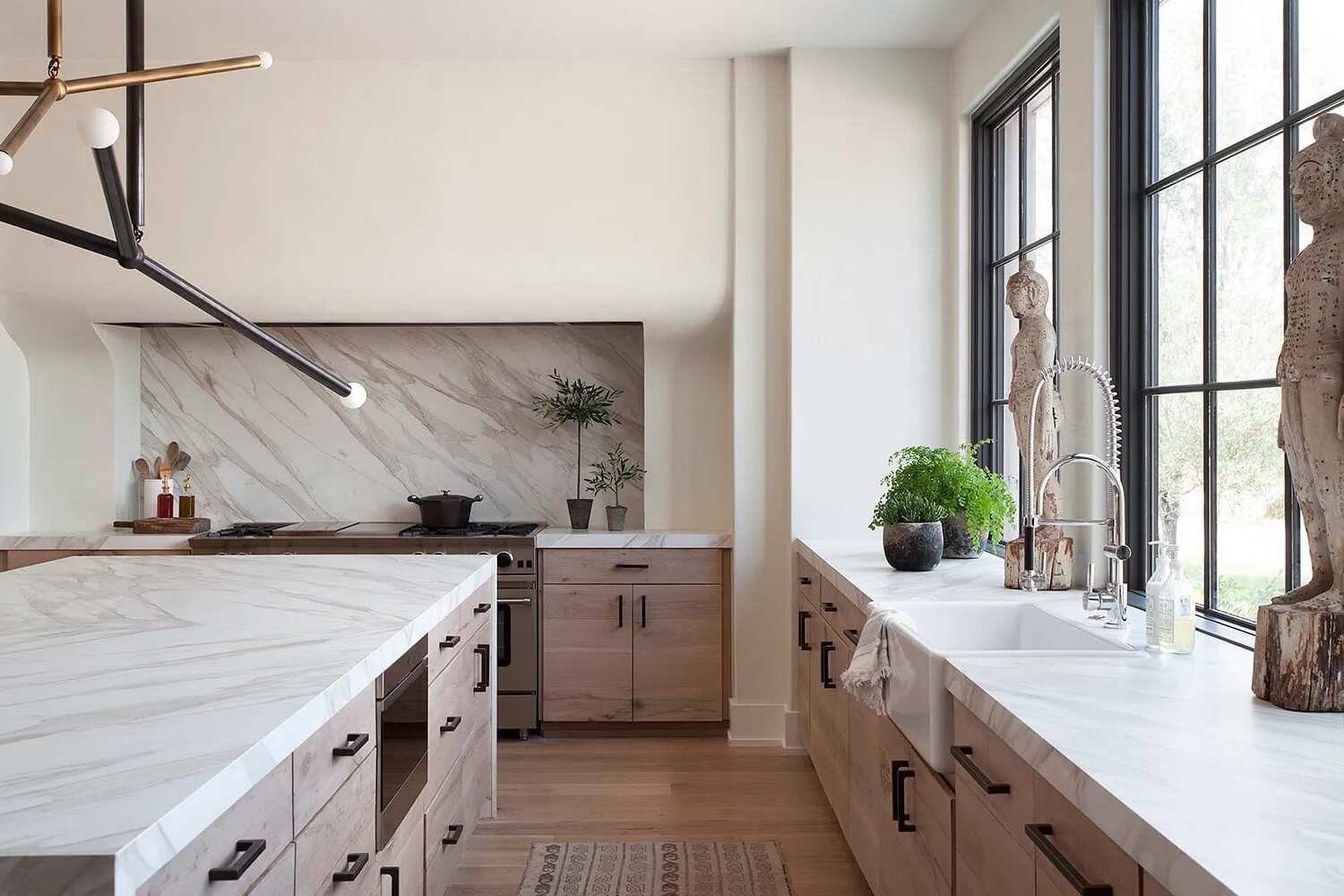
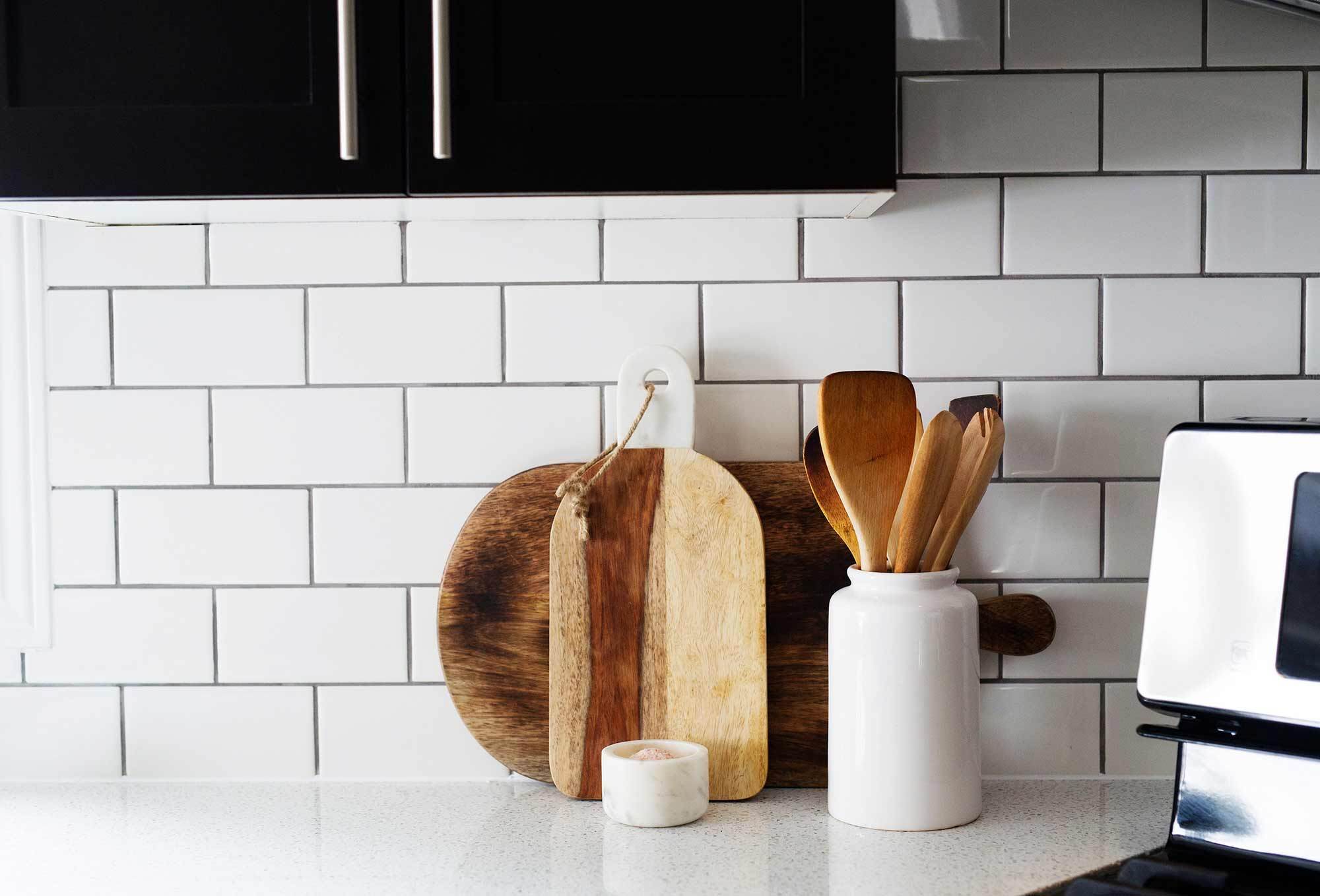

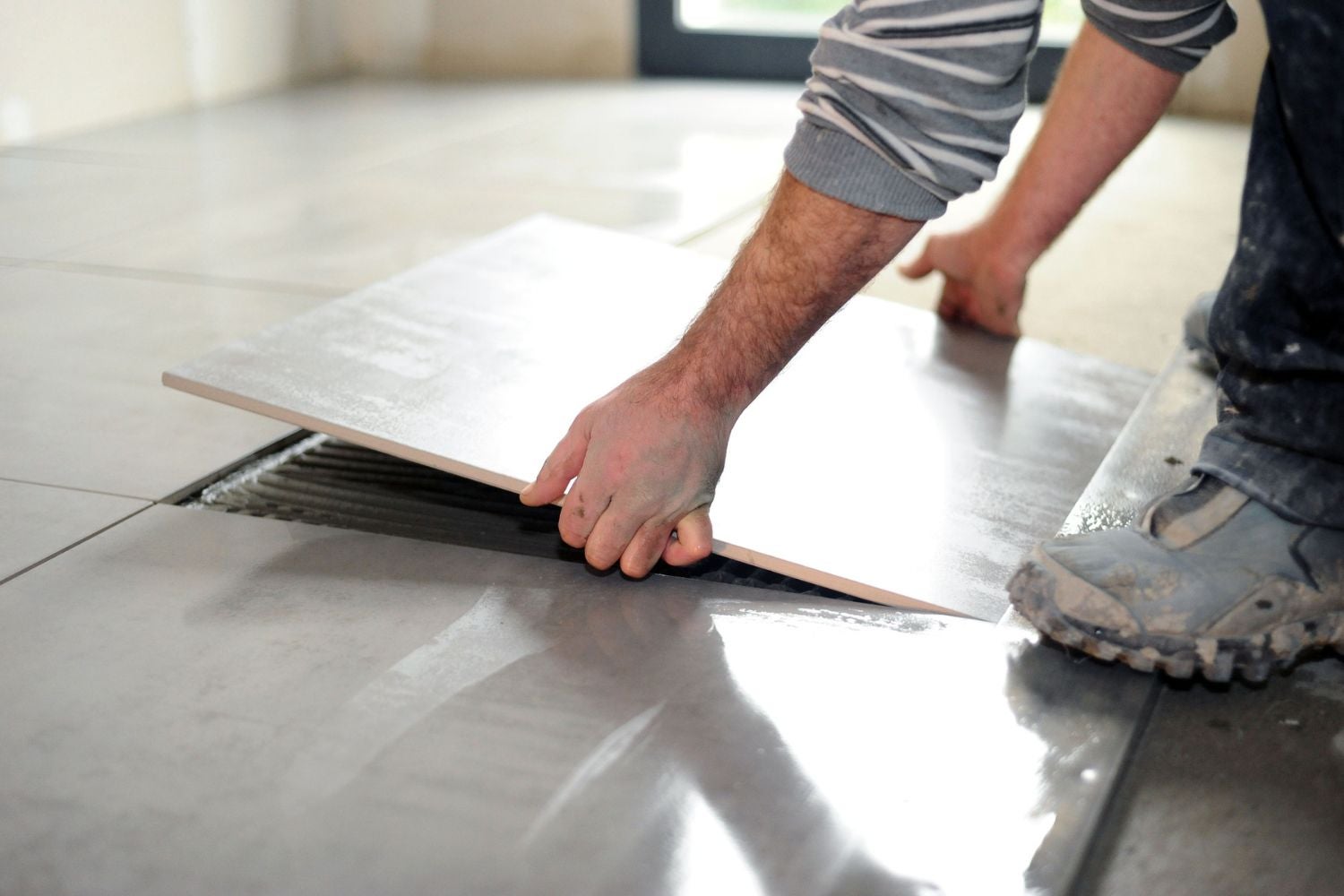
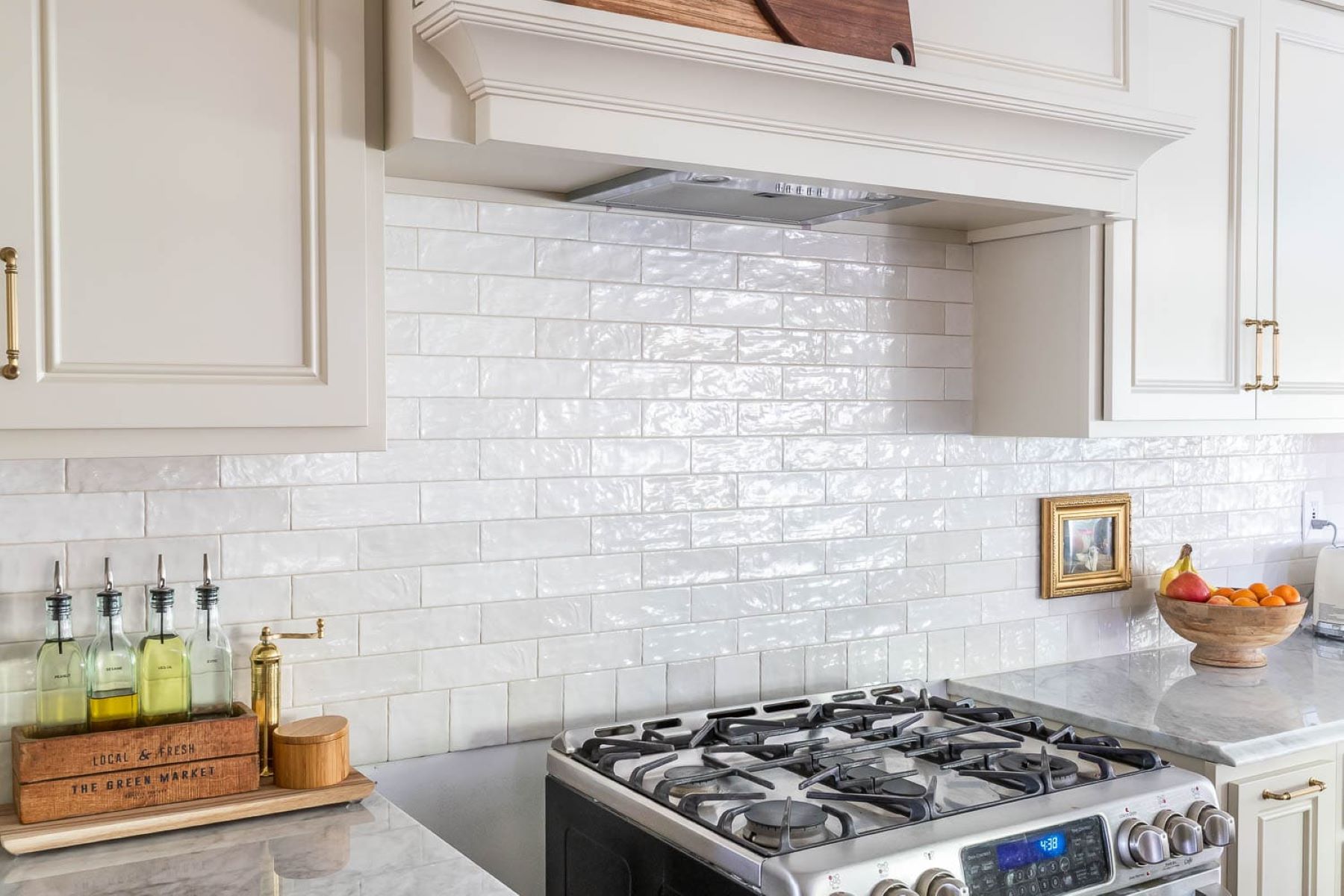

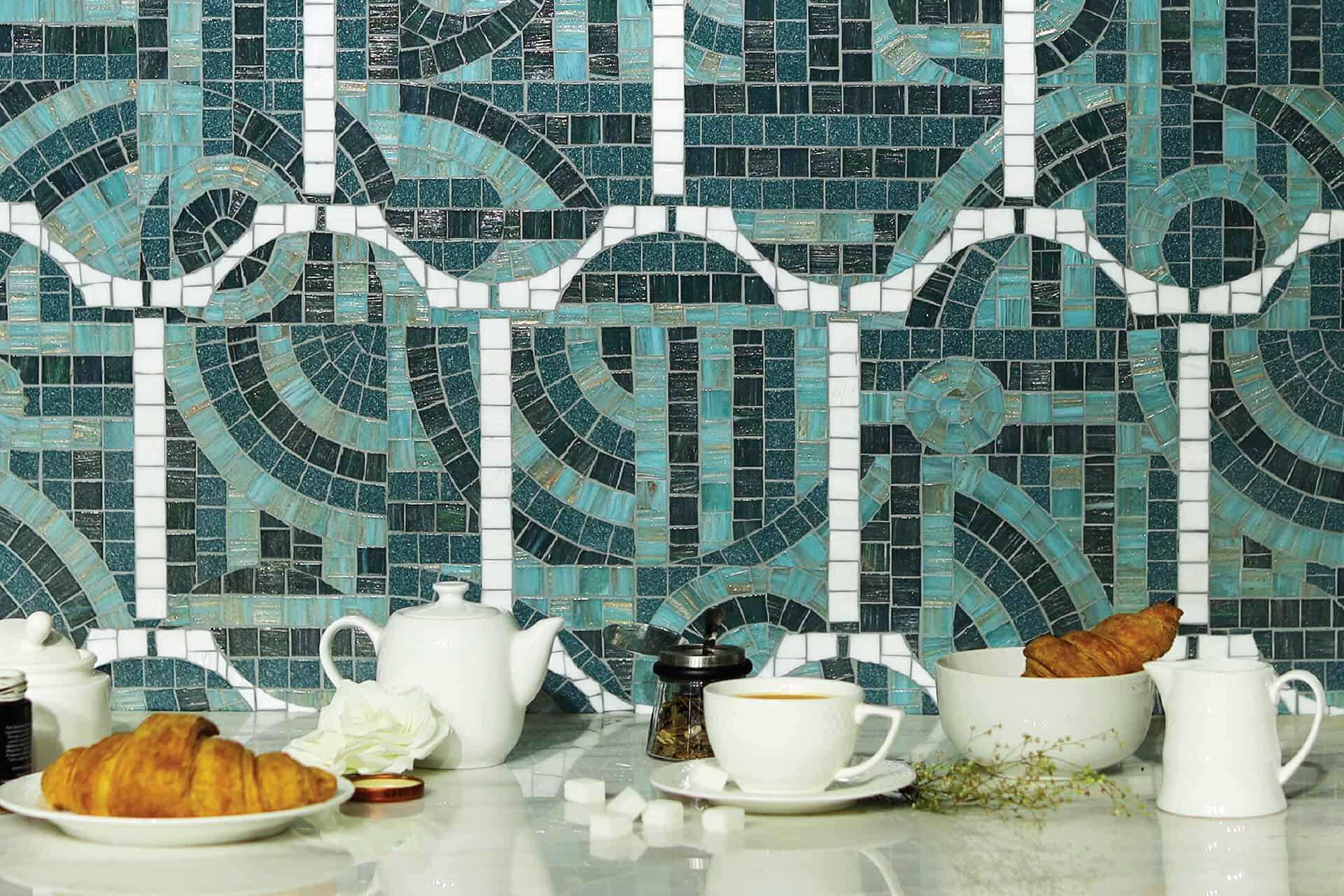
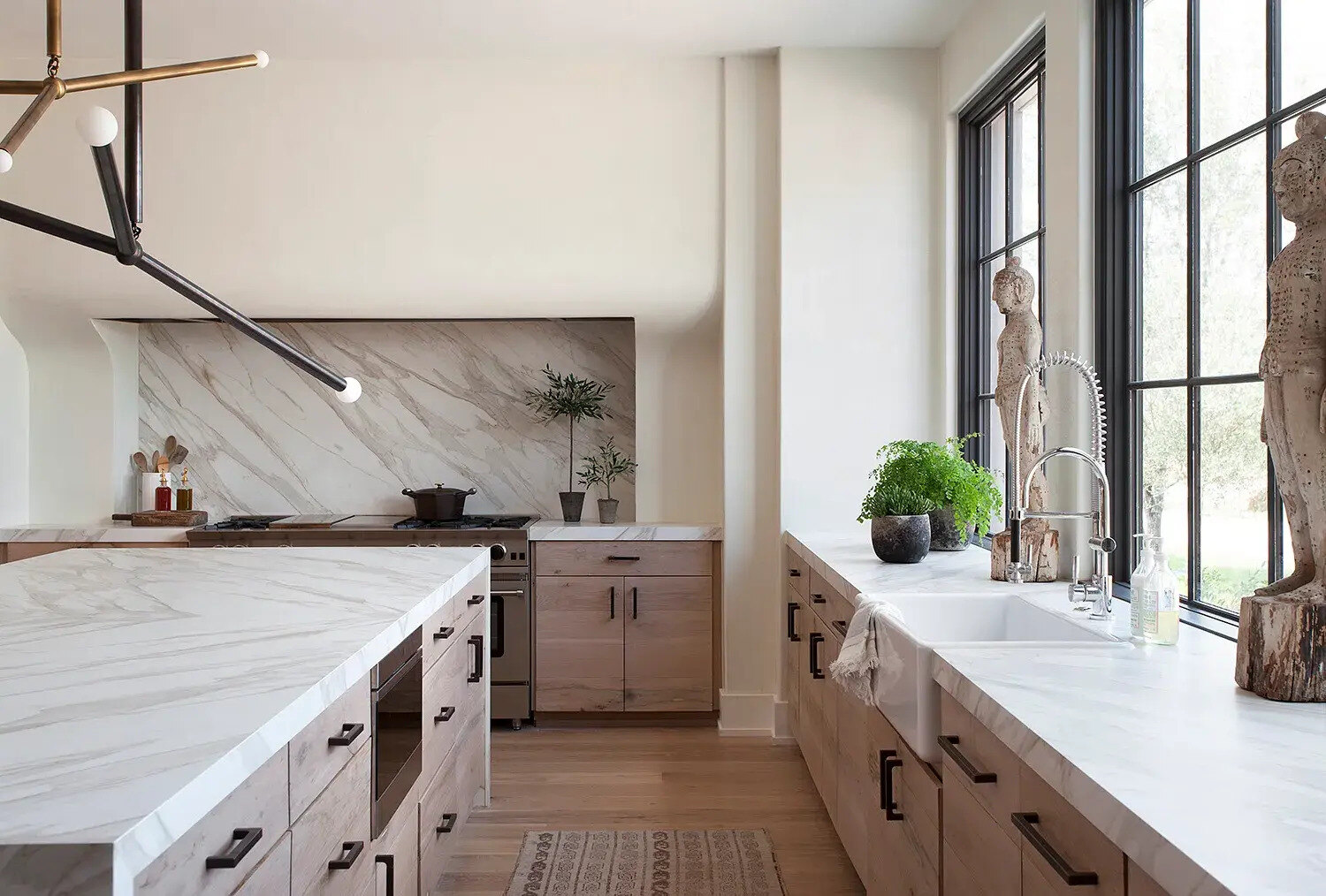

0 thoughts on “How Much Space Between Backsplash Tiles”